The Westinghouse building on the southeast corner of Peter and King Street West is being demolished (April 2016), only the north and west facades being preserved and included in the new King Blue Condominium. The historic Westinghouse structure is one of the finest examples of the industrial buildings erected in Toronto’s downtown during the 1920s, a decade in which the city’s economy was booming. The Westinghouse building was constructed of steel and concrete, its symmetrical facades faced with red/brown bricks.
In the early-decades of the 19th century, King Street was Toronto’s fashionable shopping district, and as the city expanded westward, fine houses appeared. Among them was the lieutenant governor’s official residence (Government House) at King and John Streets. However, after the railway lines were built south of King Street, families began relocating northward, and sections of King Street slowly became industrial. The area was seen as advantageous for industry as it was close to the harbour and the railway lines for exporting and importing goods. By the 1870s and 1880s, many large factories and warehouses appeared on King Street. The Gurney Iron Foundry, west of Spadina, is one of the best examples. A few of the multi-colour brick buildings remain in existence today, recycled to contain a chic restaurant and several shops. Factories were also erected on King Street between Peter and John Street in the 1920s.
The Westinghouse building today has the postal address 355 King Street. However, even as late as the mid-1920s, the site contained four working-class homes, their postal numbers 349 to 355 King Street. It is likely those who lived in the houses were renting, as the occupants changed frequently. In 1920, at 349 King Street lived Lawrence Guay , at 351 King St. lived George Porter, at 353 King Street there was Peter Brady, a fireman working at the City Abattoir, and 355 King Street was the home of Frank Hopper, a labourer.
During the years ahead, the occupants of the houses continually changed. In 1927, at 349 King St. was Thomas MacWilliams. At 351 King St. was William Bannerman, a stationary engraver, while the houses at 353 King St. and 355 King St. were vacant. By the end of 1927, all the houses were vacant and soon demolished. In 1928, the City Directories reveal that where the fours houses had been located was the six-storey Canadian Westinghouse Company building, manufacturer of electrical equipment. The founder of the company was George Westinghouse.
King Street West, between University Avenue and Bathurst Street is now the main artery of the city’s Entertainment District. Many up-scale restaurants and clubs are located on this narrow street, which hums day and night. The TIFF Bell Lightbox has greatly enhanced the number of visitors to the area, and King Street is the centre of the annual Toronto Film Festival. Many people are desirous of living close to these exciting venues, causing condos to proliferate on King Street and the surrounding avenues.
When I read the reports in the press that the Westinghouse Building was to be incorporated into the high rise condo named “King Blue,” I incorrectly assumed that the structure would be preserved. I was deeply disappointed when I discovered that the building was to be demolished, only the west and north facades being retained.
View gazing east on King Street West between the years 1975-1992. The Westinghouse building is prominent of the right-hand (south) side of the street. Toronto Archives, S 1465, Fl 0456, Item 0001.
The north and west facades of the Westinghouse building in 1982. Toronto Archives, S 1465, Fl 0530, Item 0002.
Gazing east on King Street West from west of Peter Street at the Westinghouse building in 1995. Toronto Archives, S1465, Fl 0051, Item 0091.
Gazing south on Peter Street toward King Street in 2015.
The north facade on King Street of the Westinghouse building in 2015.
The building in March 2016, as it is prepared for demolition. View gazes east on King Street.
Gazing west at the east facade of the Westinghouse building on April 26, 2016, as the demolition work proceeds. The steel supports on the north facade on King Street are visible.
Demolition on the east facade of the building.
Artist’s sketch of the King Blue Condominium, showing the old Westinghouse building as part of the complex.
The Westinghouse building during the summer of 2015.
To view the Home Page for this blog: https://tayloronhistory.com/
For more information about the topics explored on this blog:
https://tayloronhistory.com/2016/03/02/tayloronhistory-comcheck-it-out/
The publication entitled, “Toronto’s Theatres and the Golden Age of the Silver Screen,” was written by the author of this blog. It explores 50 of Toronto’s old theatres and contains over 80 archival photographs of the facades, marquees and interiors of the theatres. It relates anecdotes and stories by the author and others who experienced these grand old movie houses.
To place an order for this book:
Book also available in Chapter/Indigo, the Bell Lightbox Book Shop, and by phoning University of Toronto Press, Distribution: 416-667-7791 (ISBN 978.1.62619.450.2)
Another book, published by Dundurn Press, containing 80 of Toronto’s former movie theatres will be released in June, 2016. It is entitled, “Toronto’s Movie Theatres of Yesteryear—Brought Back to Thrill You Again.” It contains over 125 archival photographs and relates interesting anecdotes about these grand old theatres and their fascinating history.
Another publication, “Toronto Then and Now,” published by Pavilion Press (London, England) explores 75 of the city’s heritage sites. This book will be released on June 1, 2016. For further information follow the link to Amazon.com here or to contact the publisher directly:
http://www.ipgbook.com/toronto–then-and-now—products-9781910904077.php?page_id=21.
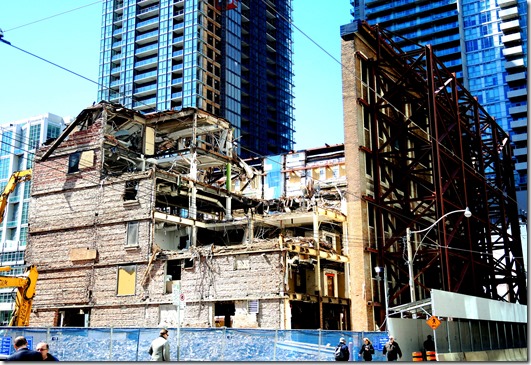
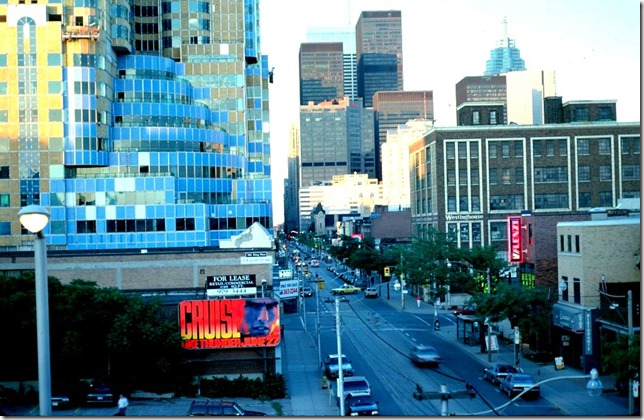
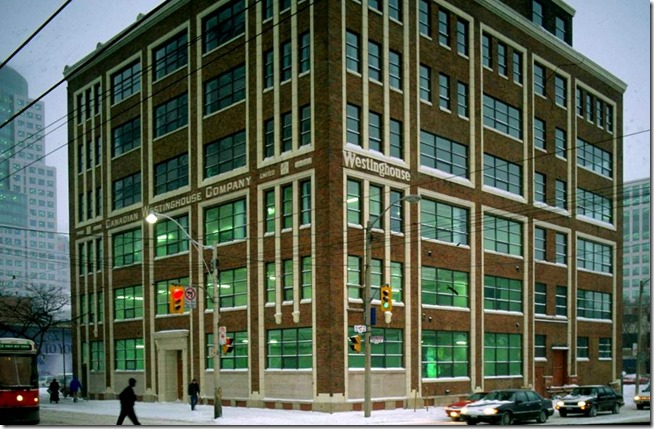
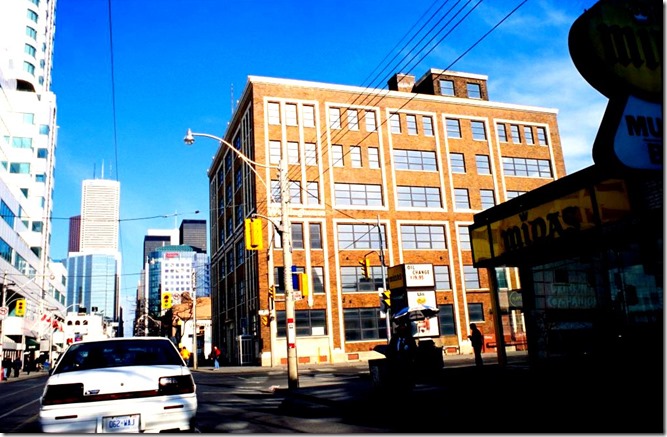
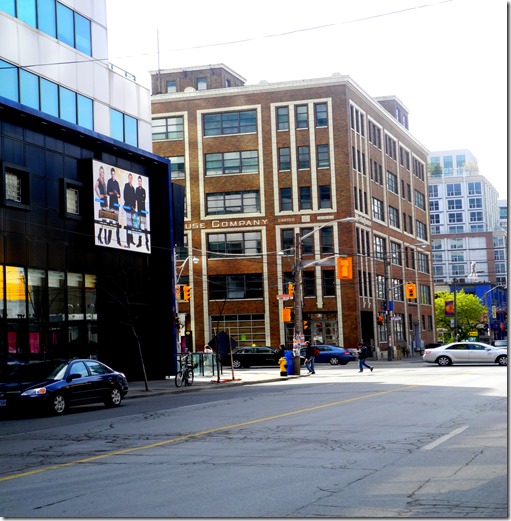
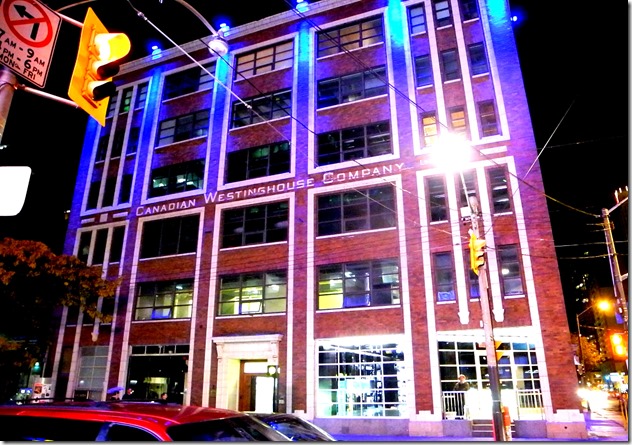
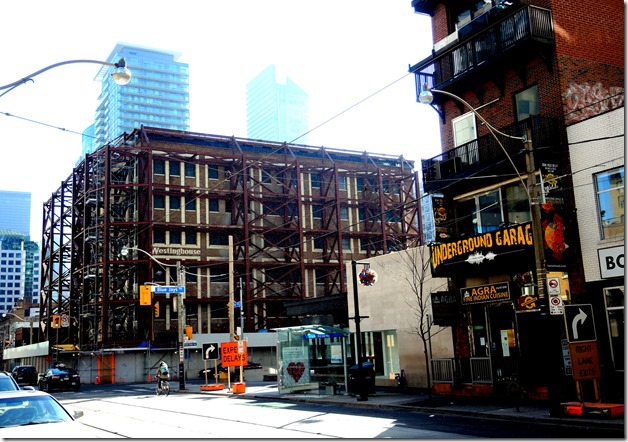
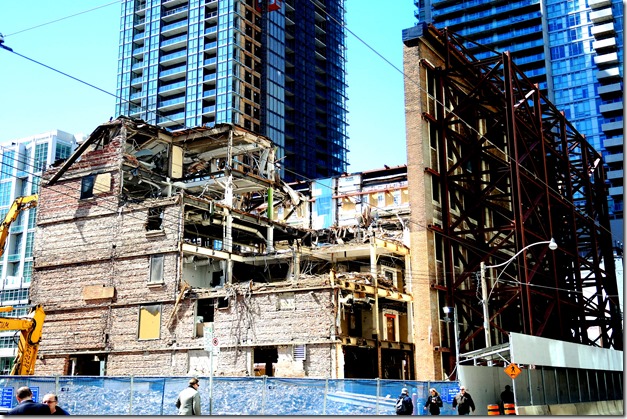
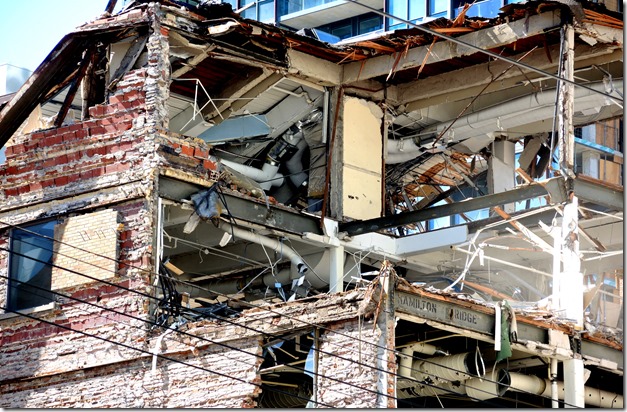
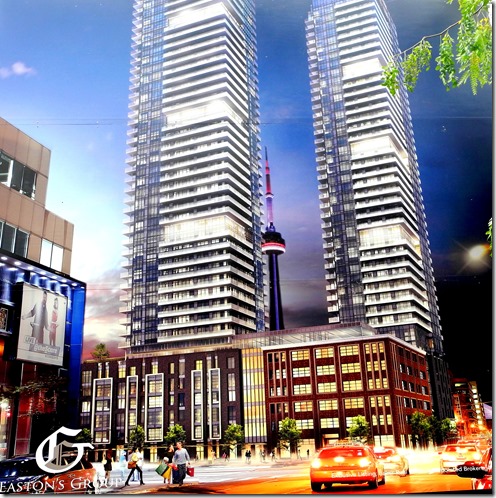
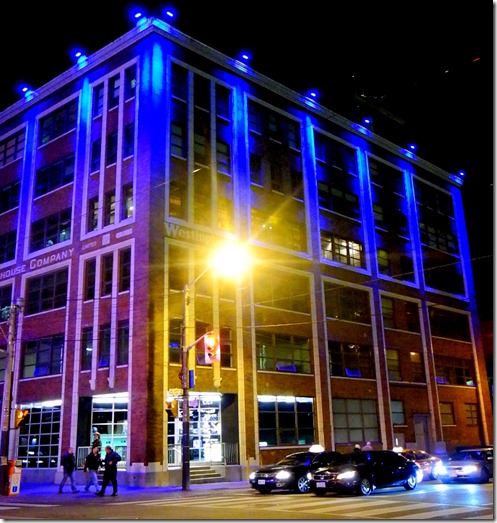
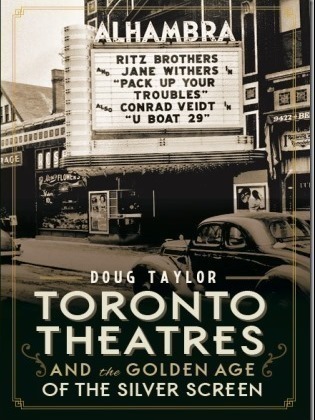
![image_thumb6_thumb_thumb_thumb_thumb[1] image_thumb6_thumb_thumb_thumb_thumb[1]](https://tayloronhistory.com/wp-content/uploads/2016/05/image_thumb6_thumb_thumb_thumb_thumb1_thumb.png)


